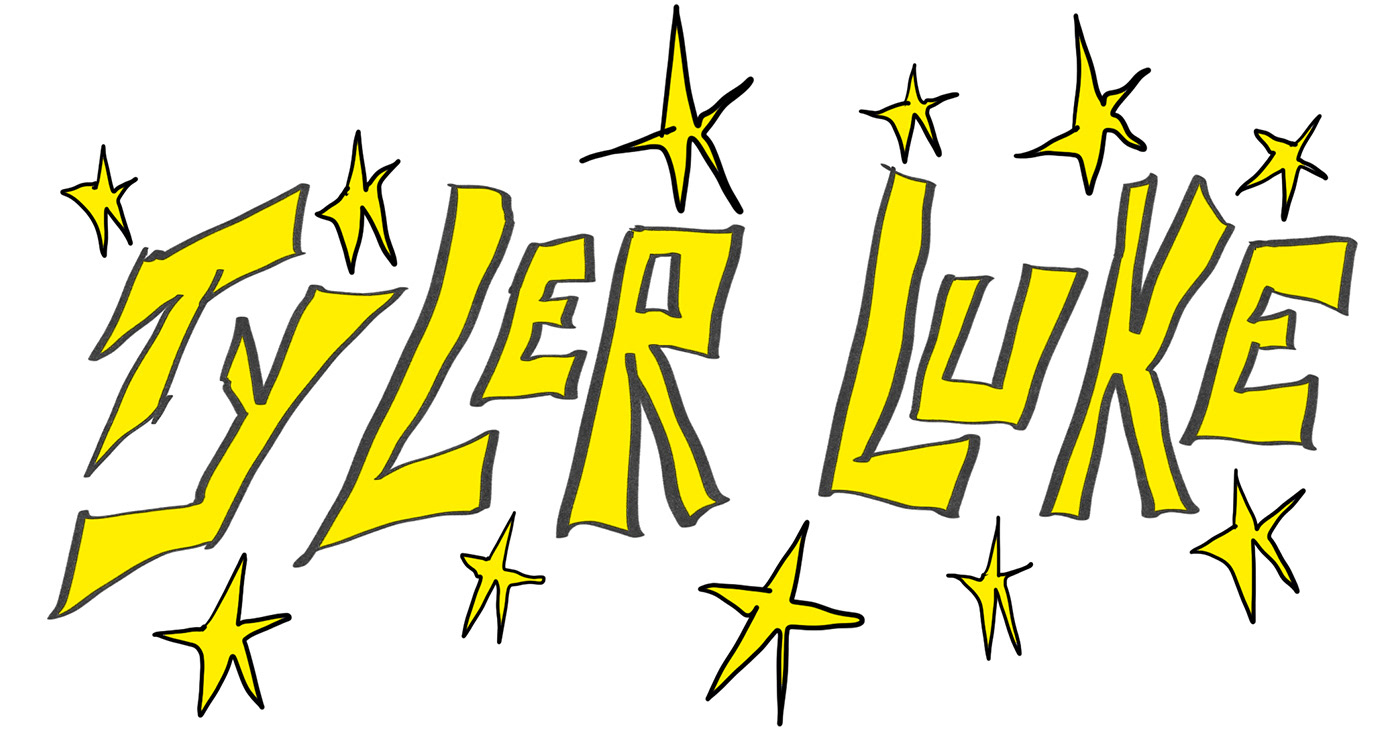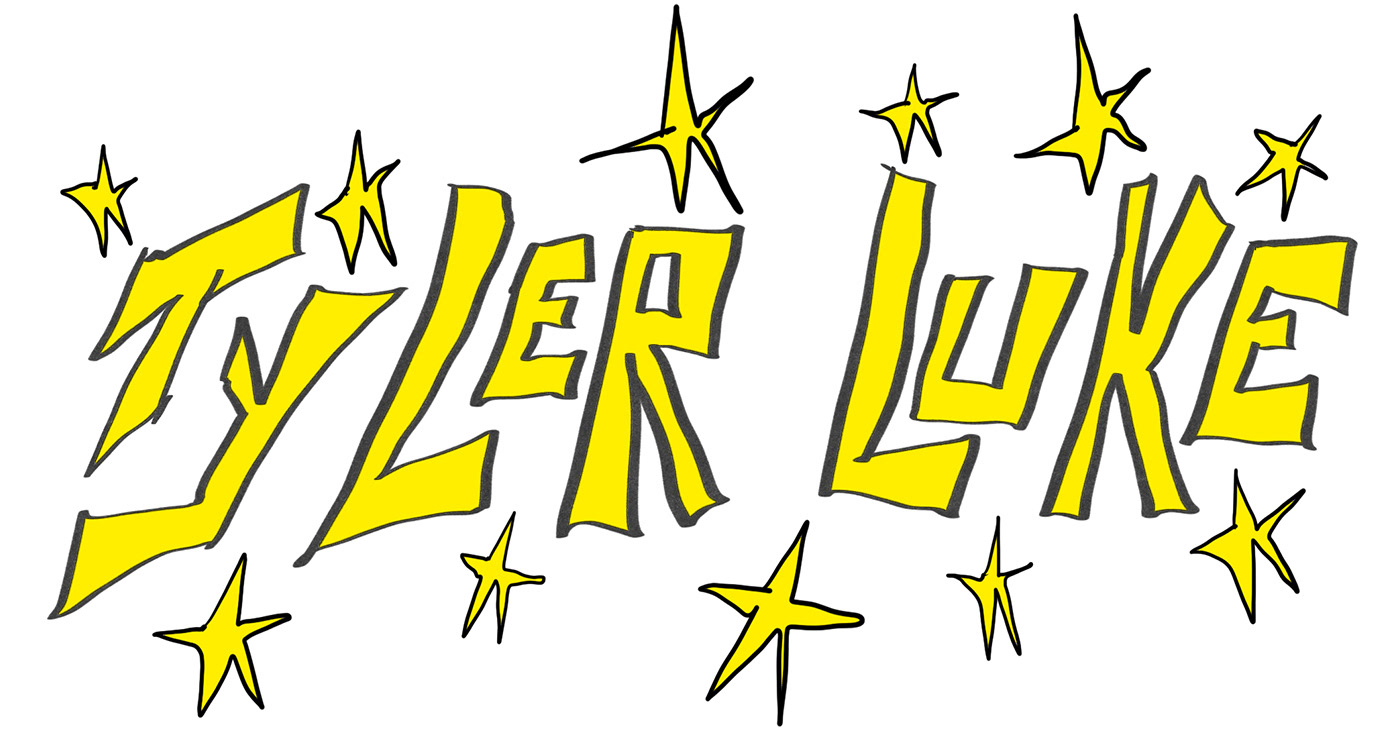☆ THE RESURRECTION OF THE MOVIE THEATER TYPOLOGY
Master of Architecture Thesis Project by Tyler Luke for Northeastern University College of Arts, Media, and Design.
With the rise of streaming platforms and at-home media coupled with the raising of theater ticket prices, movie theaters have been on the decline. On one hand, there are individuals who desire the shared experience of various sensory cues such as the ambient smell of popcorn, people gasping in unison, or simply seeing the person sitting next to you. On the other hand, some individuals desire a setting absent of distraction or with limited distractions so there is less of a barrier between them and the media. I boiled these two groupings into individuals that desire intimacy, with themselves or others, and individuals that desire a shared community.
From there, I studied a handful of case studies that embody different settings, typologies, and experiments for consuming film. The study ranged from the traditional AMC Cinema to the contemporary Cineteca Madrid, to the Diller Scofidio experimental performance “the rotary notary and his hotplate, to the pop-up Cinema-performance blend of the Secret Cinema, and finally, the hyper-intimate spectacle theater. Through the studying of these case studies, I began to deepen my understanding of the relationship between the individuals and the screen, the individuals with each other, and the individuals with themselves.
Next, I began to map out an arrangement of individuals in space by creating figures and arranging them in different positions in relation to each other to either facilitate a visual presence, a somatic presence, an auditory presence, or not sensing a presence at all. From there, I began to map out the immediate ranges of the individual’s sight, heat exchange, and auditory awareness. The idea behind these diagrams was to figure out the minimum distance for perceiving human presence, how close individuals can get to overlap certain senses but not others, or how to completely isolate the individual.
The preexisting site I am working with is the SOWA Power Station in the rising arts district of Boston. The current use of the Power Station is a community space that hosts weekly flea markets, art installations, concerts, and other community-based events. Within the Power Station, I created an initial grid composed of the individual’s comfort zone in relation to each other and in relation to the screen. This grid represents the community. Next, I began to carve out the spaces of intimacy which will serve as controlled zones that limit specific senses while enhancing others. The flow of the community and the intervention of the intimacy begin to live symbiotically, yet distinct while consuming film from the same screen.
The main seating area will consist of fabric seats arranged on aluminum bars that allow the seats to be pushed together or pulled apart depending on the user's preferences relating to each other. Interjected are the moments of intimacy through sensory-controlled zones arrayed throughout the main audience seating.
Now zooming into the interventions of intimacy. The first one is draped with a heavy fabric that will dilute the sounds of the community while still allowing the sound exchange to the space at large. Individuals will have the option to wear headphones within the space to cut out the presence of the sounds of the community and immediate viewers while still retaining visual presence. In the second one, the individuals will be separated by a sheet of frosted glass which will give off visual presence of occupation without explicitly seeing the person in detail. The materiality will be perforated wood which will allow the flow of olfactory cues and auditory from the community with an augmented visual awareness. In the third one, the individual will be placed above the plane of the community in a completely amplified space that is lined in acoustic foam. The individual will only sense themselves and the media on the screen. In the fourth one, the individuals are wrapped in perforated wood and lying on a suspended sheet of wood over a personal subwoofer. This allows for the individuals to feel the rumble of the low ends of the film throughout their bodies. Communal acoustics and smells will pass through this space. Finally, in the fifth one, the individual is encased in a thick glass box with stereo speakers that enhance the personal auditory experience. The individual will have explicit visual cues of the community without hearing or smelling them.

